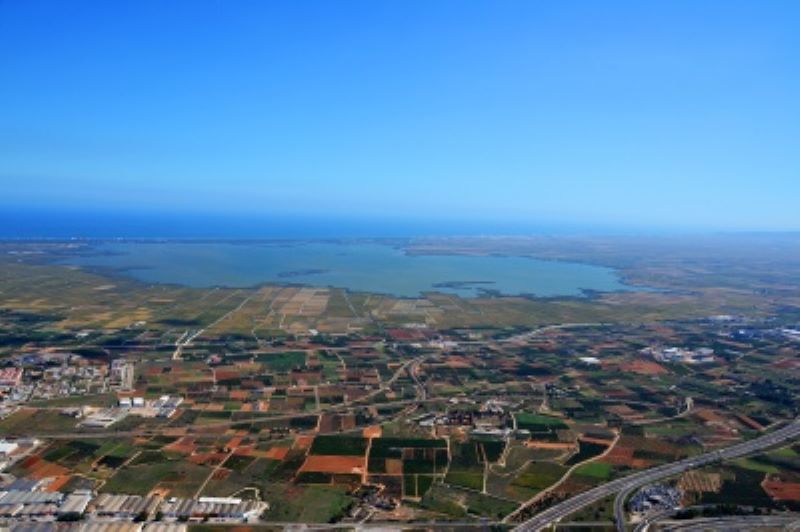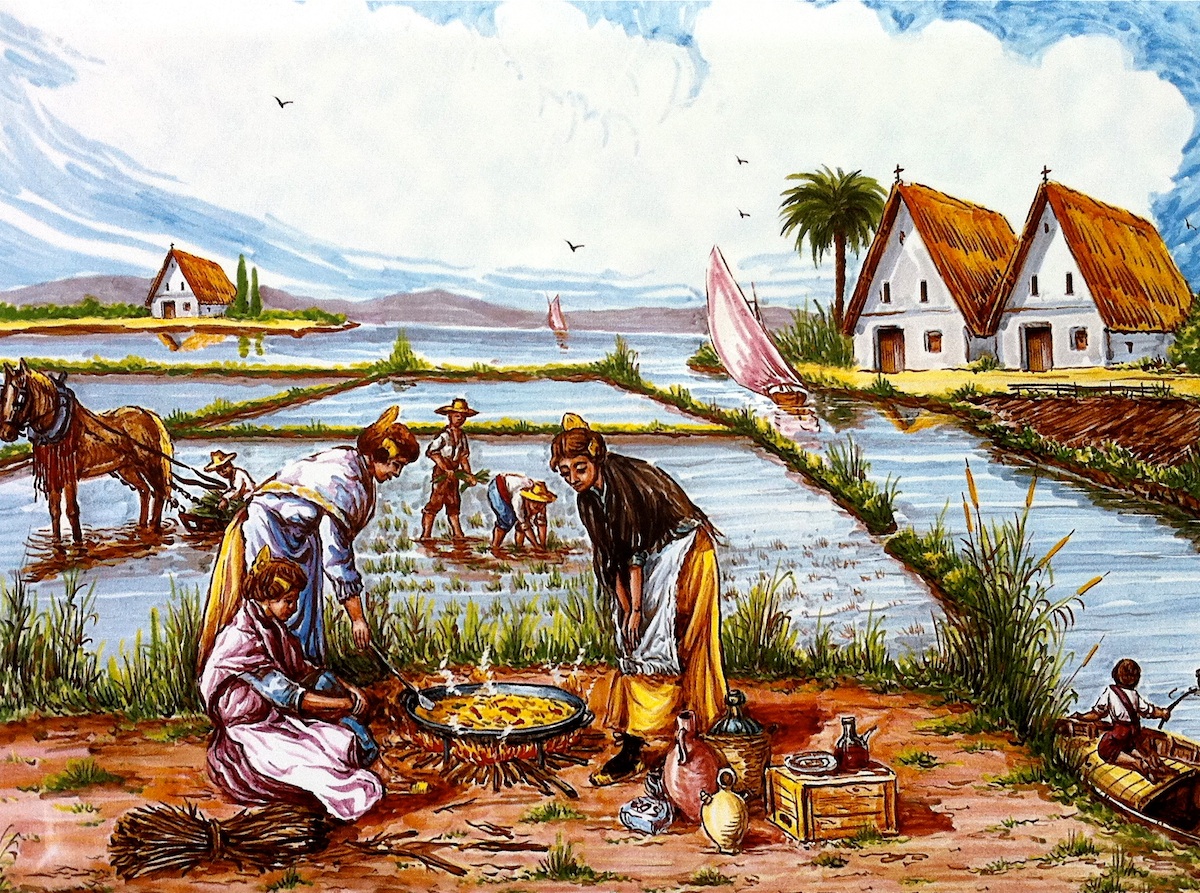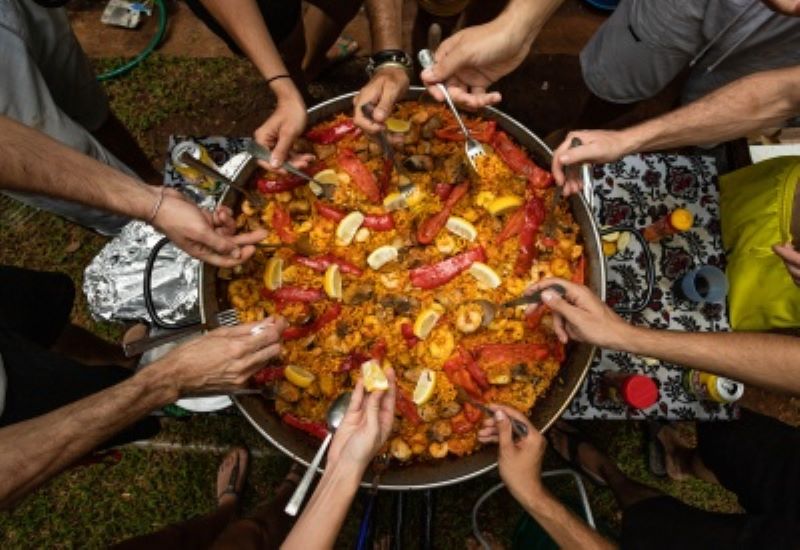Humble Beginnings
Paella began as a simple farmers' meal, cooked over a wood fire by field workers for their lunch. It was made with rice and whatever ingredients were readily available: tomatoes, onions, snails, and beans for flavour and texture. Occasionally, rabbit, duck, or chicken was added, with saffron reserved for special occasions to give the dish its signature golden hue. Traditionally, paella was eaten straight from the pan, with each person using their own wooden spoon.
As Valencian rice became more widely available, paella recipes evolved. Coastal influences introduced seafood, creating new variations. Today, paella is a generic term for around 200 distinct rice dishes (arroces) from Valencia alone, not to mention the countless versions found across Spain and the world. Interestingly, a "true" Paella Valenciana contains no seafood—just chicken, rabbit, snails, and green and white beans.



